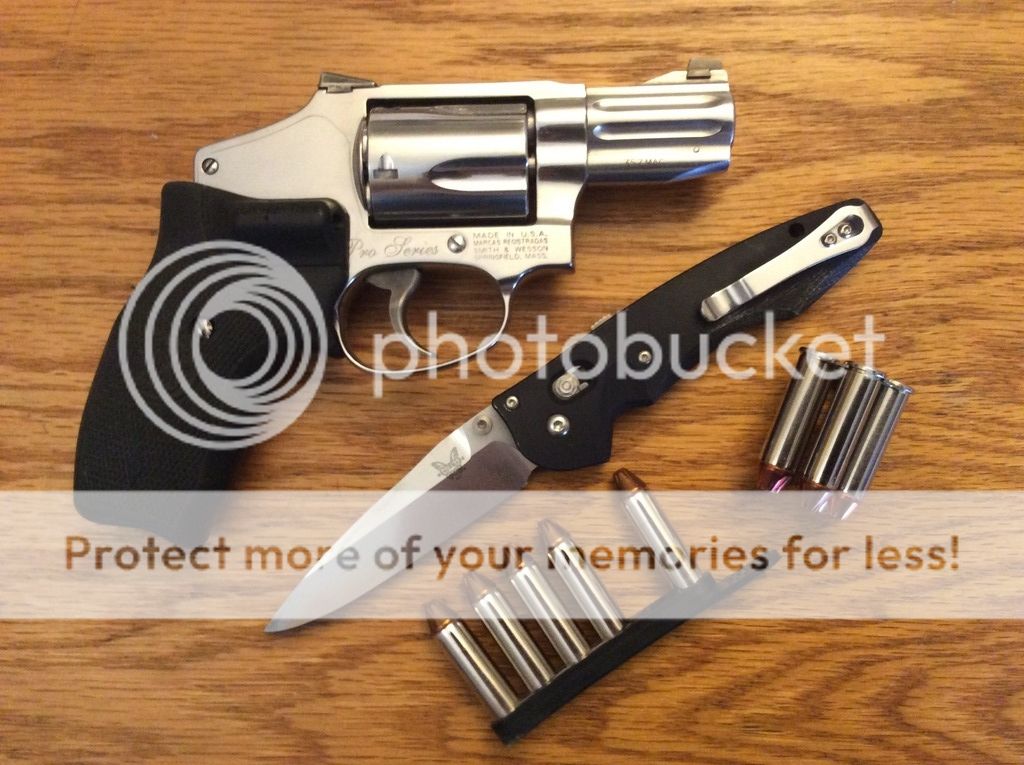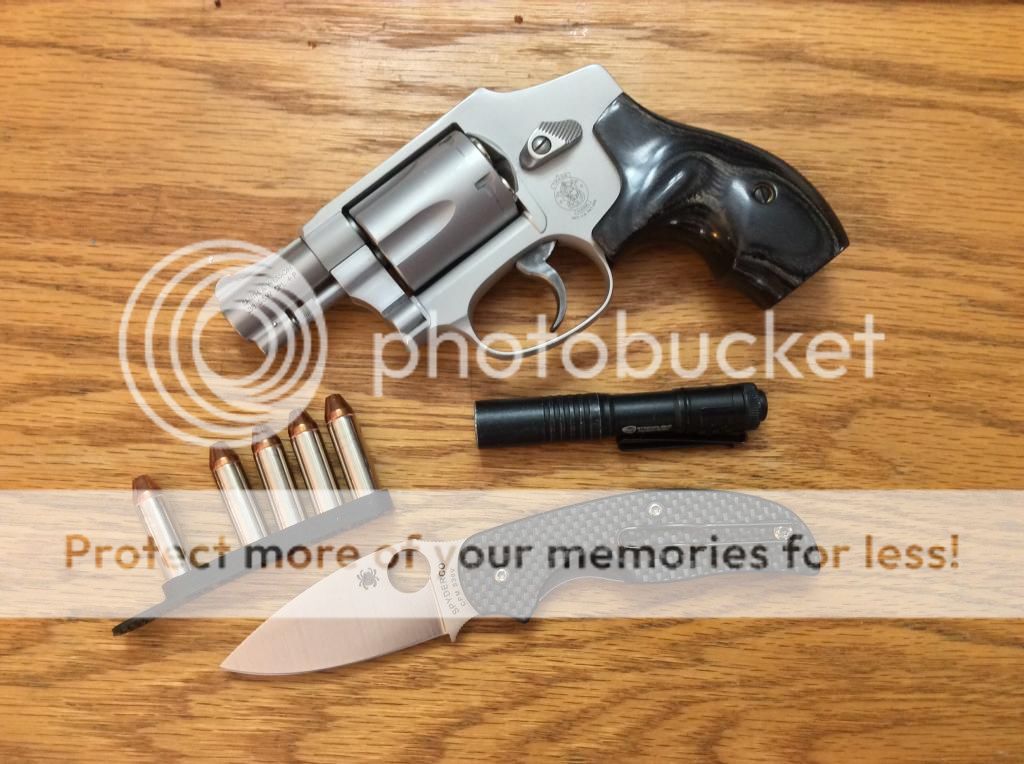unclenunzie
Contributing Member
I just did a simplistic comparison between 357 and 9mm of expected velocities using a Ruger SP101 2.25" barrel length. Nothing scientific on my part, to be sure. BBTI uses a T/C encore to test each barrel length and cartridge. This method matches how autoloader barrels are measured (muzzle to breech face), but not how revolvers are measured (muzzle to forcing cone).
To equalize between them I measured my SP101 2.25" from muzzle to breech face, which gave me 3 15/16th inches, or nearly a 4" barrel length in line with their methods.
BBTI lists 357 mag Corbon DPX 125 gr 4" TC / encore barrel 1471 fps.
BBTI also accounts for cylinder gap in a separate set of tests (using a revolver modified to allow gap size adjustment) and their output for the same cartridge is as follows:
Corbon DPX 357 mag 125 gr 4" barrel no gap 1246 fps, .006 gap 1184 fps
I can't explain why the 4" revolver number with no gap is so different from the TC / encore test they did. To my mind they should be much closer and not 200+ fps apart. But at least in this particular test the loss to a .006 gap was roughly 60 fps.
For 9mm using their standard tests, they list:
4" Corbon 125 gr JHP +P at 1226 fps.
Comparing this to the similar Corbon 357 magnum load:
4" Corbon 125 gr JHP 1471 fps.
Dropping off the 71 fps for a .006 gap, its would seem an SP101 2.25" should give roughly 1400 fps, beating 9mm performance. Or if using the less favorable number from their revolver gap testing directly, 1184 fps, roughly the same performance (1184 vs 1226).
This leads me to believe that a 2.25" SP101 snub is equivalent or better performing than a 4" 9mm on a round for round basis only. And also that once the SP101 is empty, it makes a good club
Thoughts?
To equalize between them I measured my SP101 2.25" from muzzle to breech face, which gave me 3 15/16th inches, or nearly a 4" barrel length in line with their methods.
BBTI lists 357 mag Corbon DPX 125 gr 4" TC / encore barrel 1471 fps.
BBTI also accounts for cylinder gap in a separate set of tests (using a revolver modified to allow gap size adjustment) and their output for the same cartridge is as follows:
Corbon DPX 357 mag 125 gr 4" barrel no gap 1246 fps, .006 gap 1184 fps
I can't explain why the 4" revolver number with no gap is so different from the TC / encore test they did. To my mind they should be much closer and not 200+ fps apart. But at least in this particular test the loss to a .006 gap was roughly 60 fps.
For 9mm using their standard tests, they list:
4" Corbon 125 gr JHP +P at 1226 fps.
Comparing this to the similar Corbon 357 magnum load:
4" Corbon 125 gr JHP 1471 fps.
Dropping off the 71 fps for a .006 gap, its would seem an SP101 2.25" should give roughly 1400 fps, beating 9mm performance. Or if using the less favorable number from their revolver gap testing directly, 1184 fps, roughly the same performance (1184 vs 1226).
This leads me to believe that a 2.25" SP101 snub is equivalent or better performing than a 4" 9mm on a round for round basis only. And also that once the SP101 is empty, it makes a good club
Thoughts?










